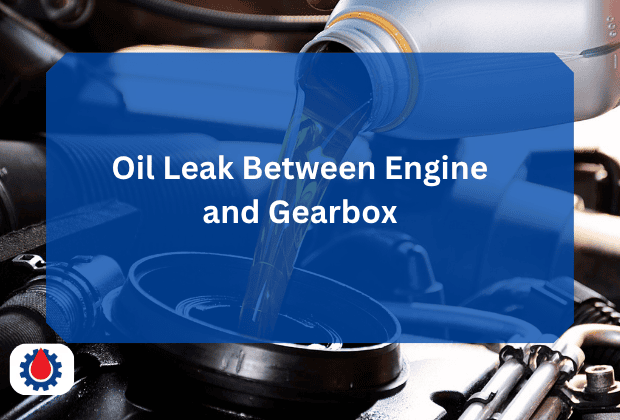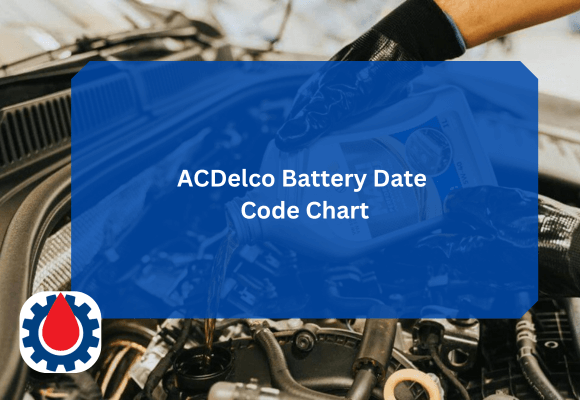Oil leaks between the engine and gearbox are a common issue in vehicles that can lead to significant problems if not addressed promptly. This guide explores the causes, symptoms, diagnosis, and solutions for oil leaks in this critical area, providing vehicle owners with the knowledge to maintain their cars effectively.
Oil Leak Between Engine and Gearbox
The area between the engine and gearbox is a complex interface where several components meet, making it prone to leaks. Here are the primary causes:
- Failed Rear Main Seal: The rear main seal, located at the back of the engine where it connects to the crankshaft, is a common culprit. Over time, this seal can wear out due to heat, age, or poor maintenance, allowing engine oil to seep out.
- Transmission Input Shaft Seal: On the gearbox side, the input shaft seal can degrade, causing transmission fluid to leak. This seal is subjected to constant rotation and pressure, leading to eventual wear.
- Gasket Failure: Gaskets, such as those in the clutch housing or bell housing, can deteriorate due to heat cycles, improper installation, or low-quality materials, leading to leaks.
- Crankshaft or Transmission Misalignment: Misalignment during installation or due to worn engine mounts can put undue stress on seals and gaskets, causing them to fail prematurely.
- Cracked Components: In rare cases, cracks in the engine block, transmission case, or bell housing can allow oil to escape. This is often due to impact damage or manufacturing defects.
Related How to Fix an Oil Leak Between Engine and Transmission(In 5 Steps)
Symptoms of an Oil Leak
Identifying an oil leak early can save you from costly repairs. Look out for these signs:
- Oil Spots Under the Vehicle: A puddle of oil under the car, especially near the center where the engine and gearbox meet, is a clear indicator. Engine oil is typically brown or black, while transmission fluid is often red or green, depending on the type.
- Low Fluid Levels: Regularly check your engine oil and transmission fluid levels. A consistent drop without visible leaks elsewhere points to a potential issue in the engine-gearbox junction.
- Burning Oil Smell: If oil leaks onto hot components, such as the exhaust, you may notice a burning smell, especially after driving.
- Slipping Clutch (Manual Vehicles): In manual vehicles, oil contamination on the clutch plate can cause slipping, leading to difficulty engaging gears or a loss of power.
- Transmission Issues: In automatic vehicles, a leak may cause erratic shifting or hesitation, as low transmission fluid levels affect hydraulic pressure.
Related Engine Oil Leak – 7 Alarming Signs(How to Fix Them)
Diagnosing the Problem
Diagnosing an oil leak between the engine and gearbox requires careful inspection, as the area is difficult to access. Here’s how to approach it:
- Visual Inspection: Start by cleaning the area with a degreaser and inspecting for fresh oil after a short drive. Use a flashlight to check the seam between the engine and gearbox.
- Dye Test: Add a UV dye to the engine oil or transmission fluid, drive the vehicle, and use a UV light to trace the leak’s origin. This method helps differentiate between engine oil and transmission fluid leaks.
- Check Fluid Types: Determine whether the leaking fluid is engine oil or transmission fluid by its color and consistency. This narrows down the source to either the engine or gearbox side.
- Professional Assessment: If the leak’s source isn’t clear, a mechanic may need to separate the engine and gearbox, a labor-intensive process, to inspect seals and gaskets.
Related Best Pipe Thread Sealant for Fuel Oil Applications(Top 5 Picks 2025)
Solutions and Repairs
Once the source is identified, addressing the leak promptly is crucial to prevent further damage. Here are common repair approaches:
- Replacing the Rear Main Seal: If the rear main seal is the issue, the gearbox must be removed to access it. This is a complex job requiring professional expertise. The seal itself is inexpensive, but labor costs can range from $500 to $1,000, depending on the vehicle.
- Transmission Input Shaft Seal Replacement: Similar to the rear main seal, replacing the input shaft seal requires gearbox removal. Costs are comparable, though some vehicles may require additional parts, like a new clutch in manual transmissions.
- Gasket Replacement: If a gasket is faulty, replacing it involves disassembling the affected area. Ensure high-quality gaskets are used to prevent recurrence.
- Addressing Cracks: Cracked components may require welding, sealing with epoxy, or, in severe cases, replacing the engine block or transmission case. These repairs are costly and often necessitate professional evaluation.
- Preventive Maintenance: Regularly check fluid levels, use the manufacturer-recommended oil and fluid types, and ensure proper torque during component installation to extend the life of seals and gaskets.
Related Is Engine Flush Before Oil Change Worth It(Dos & Dont)
Preventing Future Leaks
Prevention is always better than repair. Here are some tips to minimize the risk of oil leaks:
- Regular Maintenance: Follow your vehicle’s maintenance schedule, including timely oil and transmission fluid changes to reduce wear on seals.
- Use Quality Parts: Opt for OEM (Original Equipment Manufacturer) or high-quality aftermarket seals and gaskets to ensure durability.
- Monitor Engine Mounts: Worn engine mounts can cause misalignment, stressing seals. Replace them as needed.
- Avoid Overfilling: Overfilling engine oil or transmission fluid can increase pressure on seals, leading to leaks.
Related Is Low Engine Oil Bad(Dangers of Low Engine Oil)
When to Seek Professional Help
While minor leaks can sometimes be managed with additives or seal conditioners (as a temporary fix), persistent or severe leaks require professional attention.
If you notice significant fluid loss, clutch issues, or transmission problems, consult a trusted mechanic immediately. Delaying repairs can lead to catastrophic engine or gearbox failure, costing thousands of dollars.
FAQs
What would cause oil to leak from between the motor and the transmission?
Oil leaking from between the engine and transmission is often due to a faulty rear main seal, worn-out gaskets, or a bad input shaft seal. These components deteriorate over time, allowing oil to escape from the engine or transmission housing.
Is a gearbox oil leak serious?
Yes, a gearbox oil leak can be serious. It can lead to low lubricant levels, causing increased friction, overheating, and eventual damage to gears and bearings inside the transmission.
Can I still drive my car with an engine and gearbox leak?
While you might be able to drive short distances with a minor leak, it’s not recommended. Oil leaks can worsen quickly, leading to severe engine or transmission damage. Always check fluid levels and address leaks promptly.
Related Can Low Oil Cause Check Engine Light(Explained)
How much to fix an oil leak between the engine and transmission?
Repairing an oil leak in this area typically costs between $500 and $1,500, depending on the vehicle make, labor rates, and whether the engine or transmission needs to be removed for access.
How much does a gearbox oil leak cost to fix?
Fixing a gearbox oil leak can cost anywhere from $200 to $1,000+, depending on the source of the leak, the extent of the damage, and the labor involved.
Related Overfilled Engine Oil by 1 Litre(5 Things To Do)
How to stop oil leak in engine without replacing gasket?
You can try using an engine oil stop leak additive, these products swell rubber seals and gaskets to temporarily stop leaks. However, this is a short-term solution and not a substitute for proper mechanical repair.
Final words
An oil leak between the engine and gearbox is a serious issue that demands prompt attention. By understanding the causes, recognizing symptoms, and pursuing timely repairs, you can keep your vehicle running smoothly and avoid costly damage.
Regular maintenance and vigilance are key to preventing leaks and ensuring the longevity of your car’s critical components. If you suspect a leak, don’t hesitate to diagnose and address it, your vehicle’s performance and your wallet will thank you.




